EXECUTIVE SUMMARY
While the central issue of several countries in the region is the sustainability of a sustained growth, Côte d'Ivoire presents other challenges. With a growth potential of 7.7% during the 2022-2024 trienni-um compared to 4.2% for SSA(1) countries, this economy is aiming for the continuity of this growth rate for a structural transformation by 2030.
The National Development Plan 2021-2025 constitutes a first roadmap of what Côte d'Ivoire has the ambition to become by 2030: A middle-income country, where the GDP/capita would exceed $ 4,000 (compared to $ 2,300 in 2020), where poverty would be less than 30% and where private investment would constitute a real growth driver.
Until then, year 2022 shows the way. Growth would speed up from 6.5% to 7.1% driven by the second-ary and tertiary sectors. For this purpose, the Treasury forecasts a budget of FCFA 9,901 Bn, up 17.9%. The fiscal deficit would stand at 4.7% of GDP against 5.6% in 2021, still deviates from the WAEMU community standard which sets a limit of 3.0%.
It is comforting to note that the construction hypotheses of the 2022 FA are conservative. This is par-ticularly linked to the price assumptions for exports of Cocoa and Oil.
As far as tax provisions are concerned, this 2022 edition of the FA carries out novelties without creat-ing a break. The ambition to sustainably increase public revenues would probably stand on a long-term basis.
Read more.




